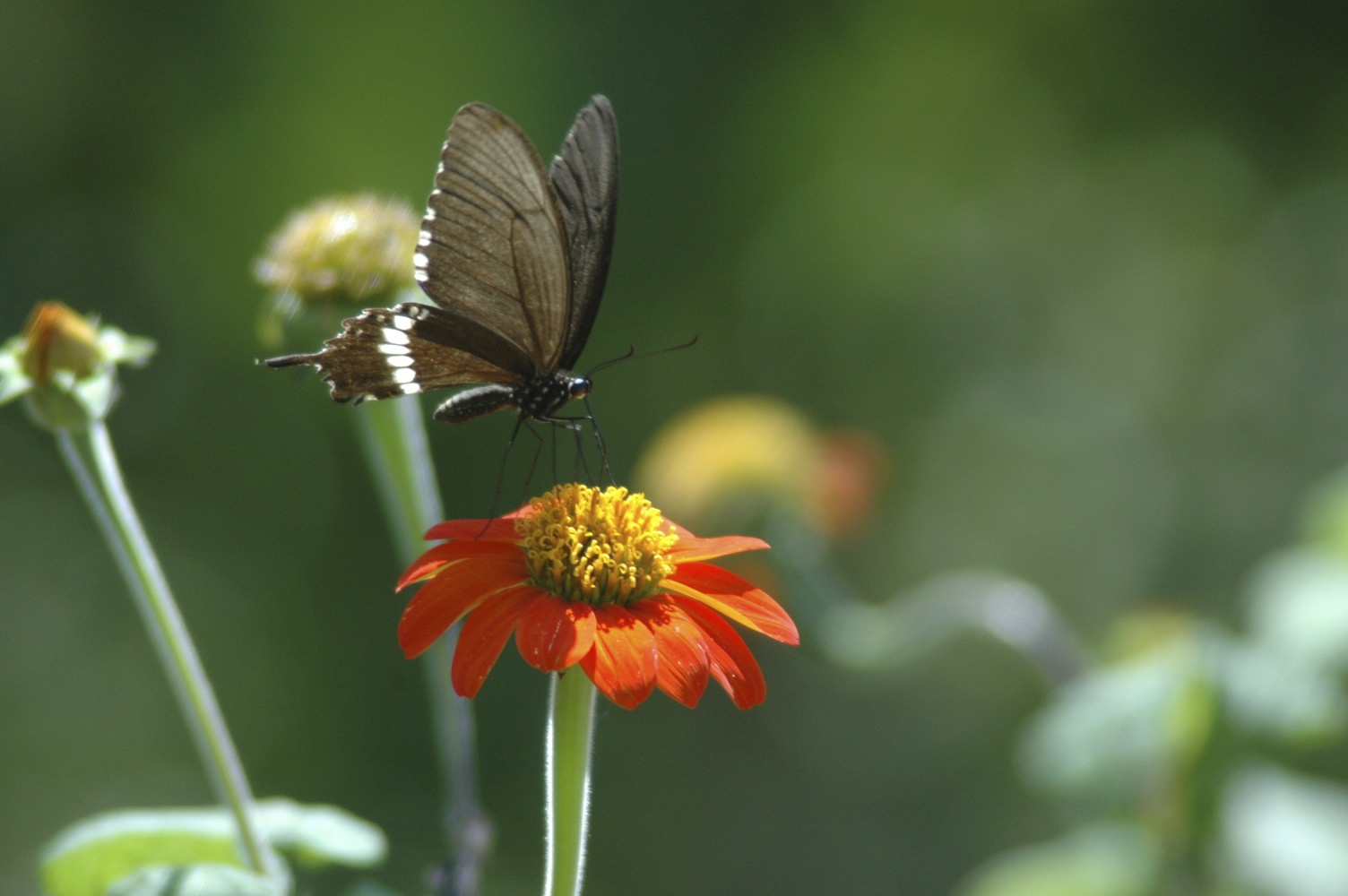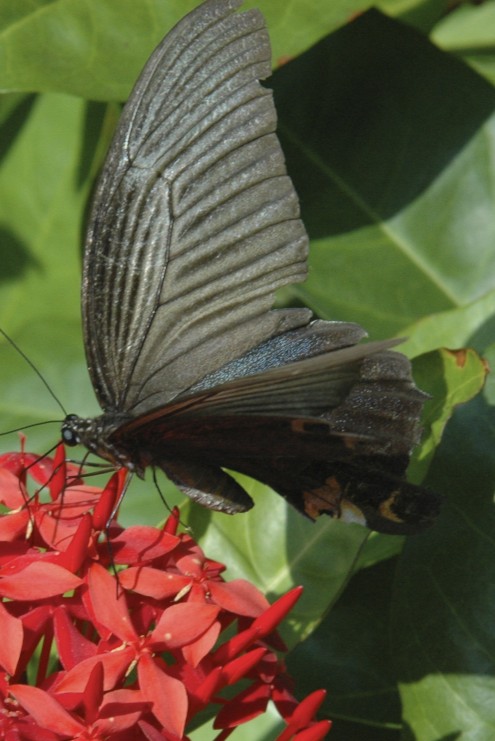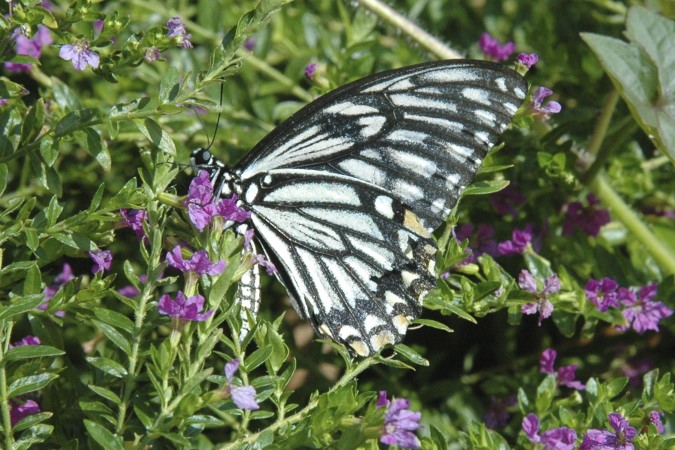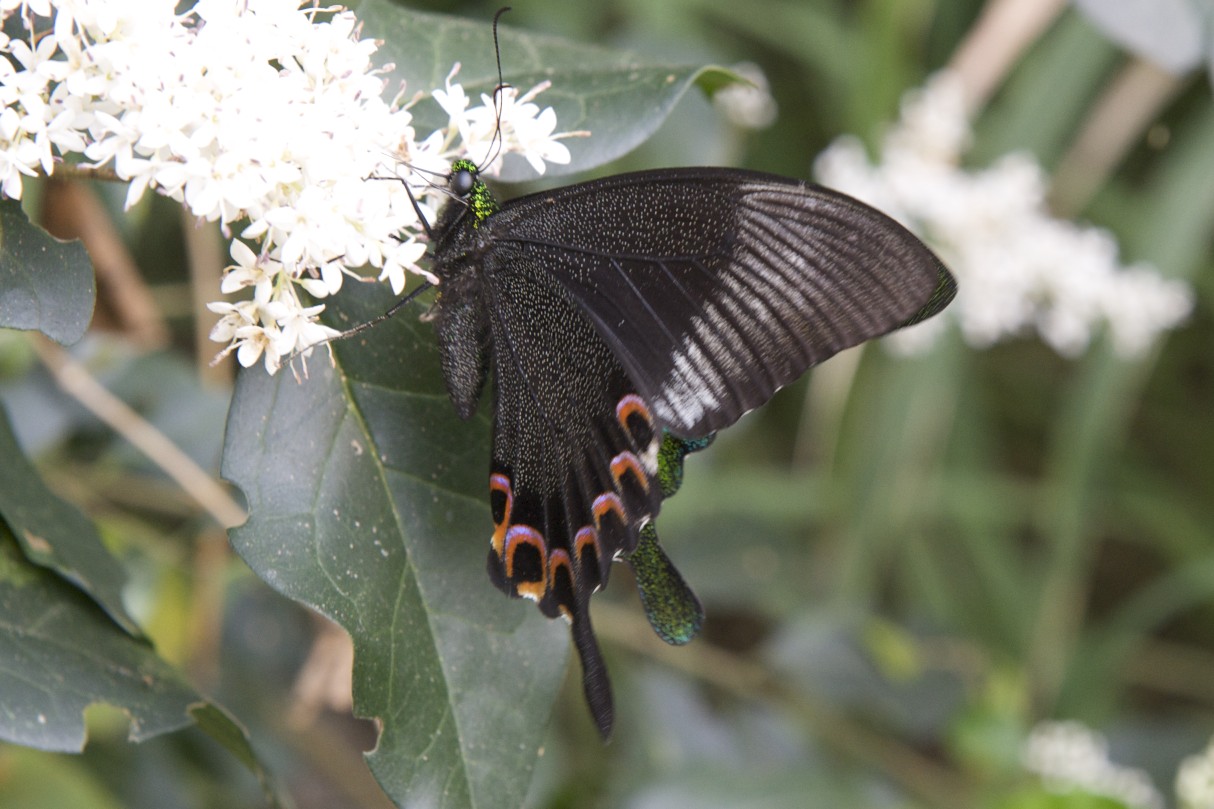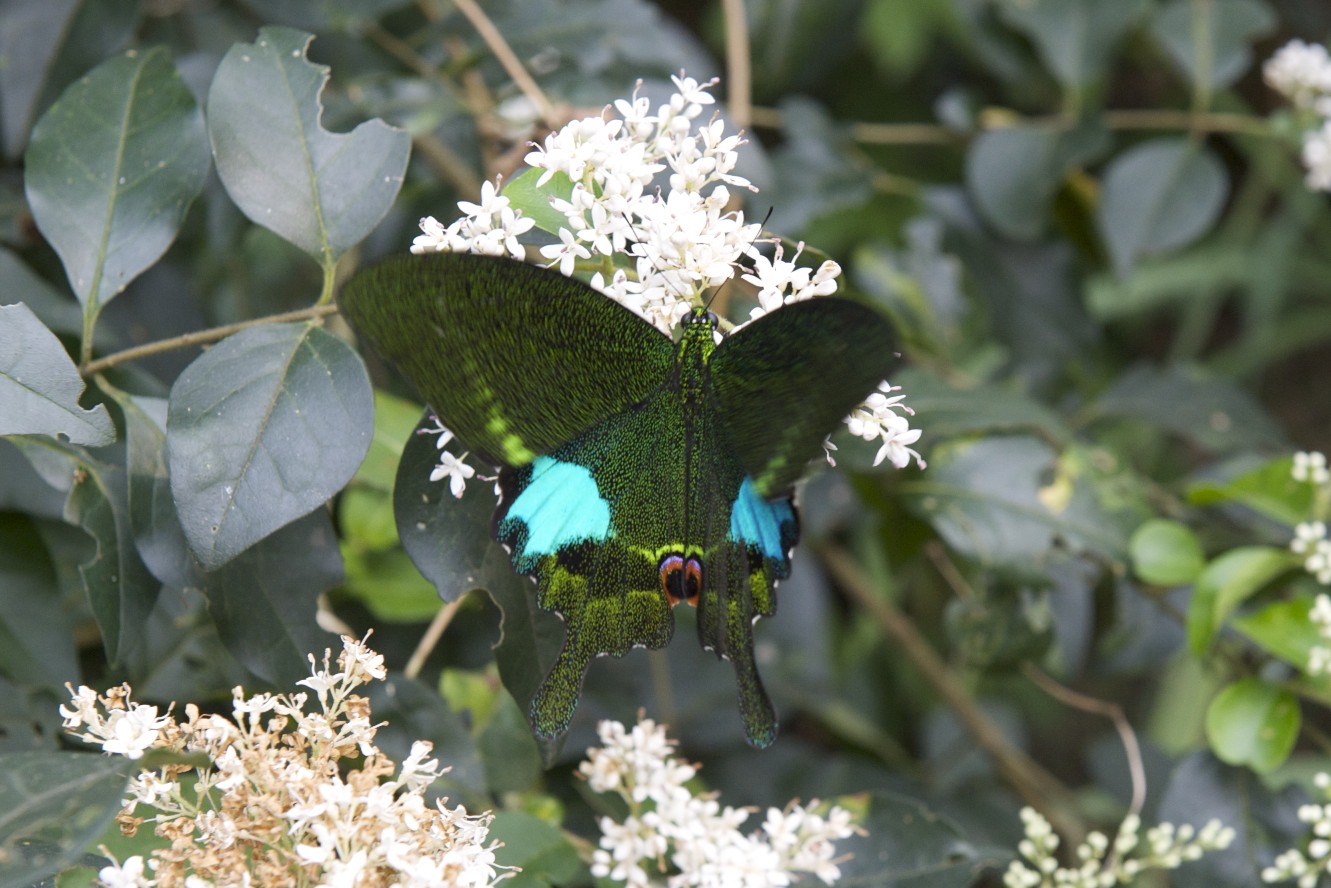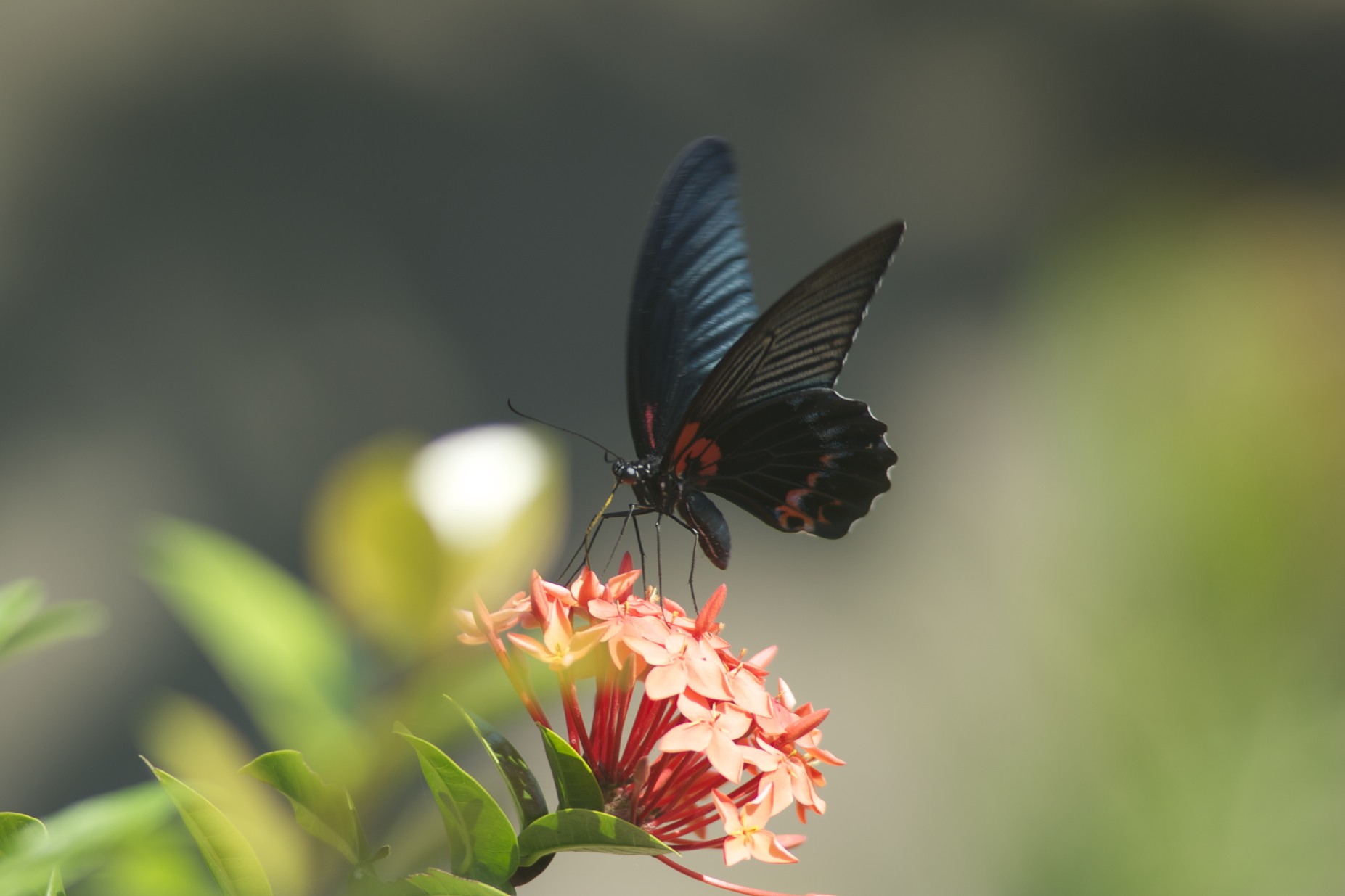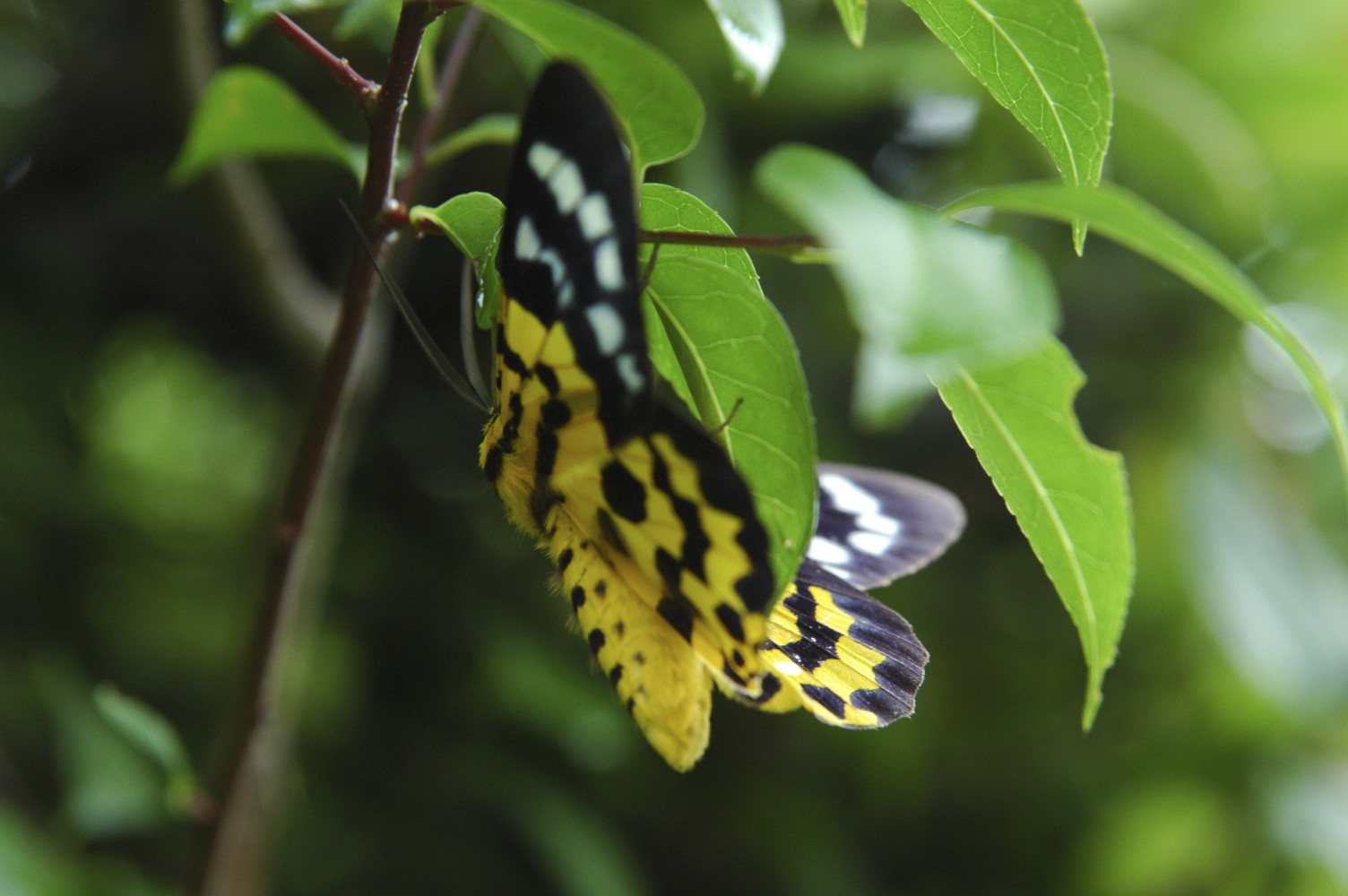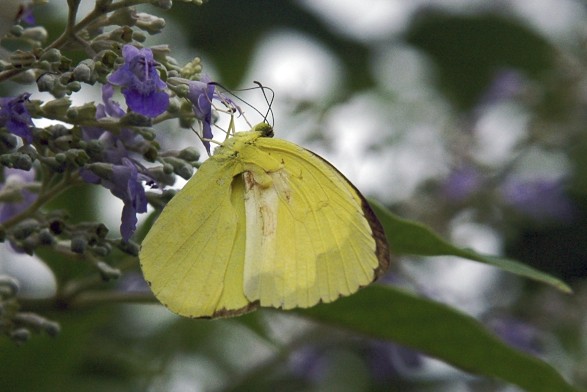How often over the years, did I run into an officer, a teacher, or priest who turned out to be an excellent anthropologist, archeologist, zoologist or photographer? And this list of professions and fields of expertise is far from being complete. To my surprise very often these people are English, Welsh or Irish. This might have to do with the places I went and a correlation to the parts of the world they explored historically. But I gained the impression, that there is something in anglo-saxon culture and history which appreciates the development of excellent amateurs with wide fields of interest and amazing skills in some fields. If you don't know what I mean, join an English bird watching society.
Today I ran into another one of these gifted "amateurs" by accident. I wanted to drop into the Natural History Museums Coral Reef exhibition in London before my lunch break from the Royal Geographic Society. But the waiting line was so long, that I found it much easier to have another look myself when I go diving at the Great Barrier Reef next time, than standing in the queue with school kids and tourists. So, as these days I commonly have the soup of the day in the Victoria & Albert Museum for lunch, and it was still a bit early for that, I dropped over to the other side of the road and bumped into another one of these people. This time a historic figure, and officer and in service of the Eastern India Company: Captain Linnaeus Tripe. The rather small exhibition of his photography in India and Burma kept me for 2 hours enjoying every photo shown. It spans from his beginning of picking up photography in England after his return from a first period of military service, until the end of his career which was the result of a budget downsizing in the Eastern India Company. It is a small, but very enjoyable exhibition and still on until October 11th. The photos are both: a record of Burma and India of that time, and also excellent pieces of fine art photography.
What I found most striking, is that the impression of many scenes, monuments and landscapes on his photos remain exactly the same until recent times. You often feel, he is just standing there today and takes the photo.




















